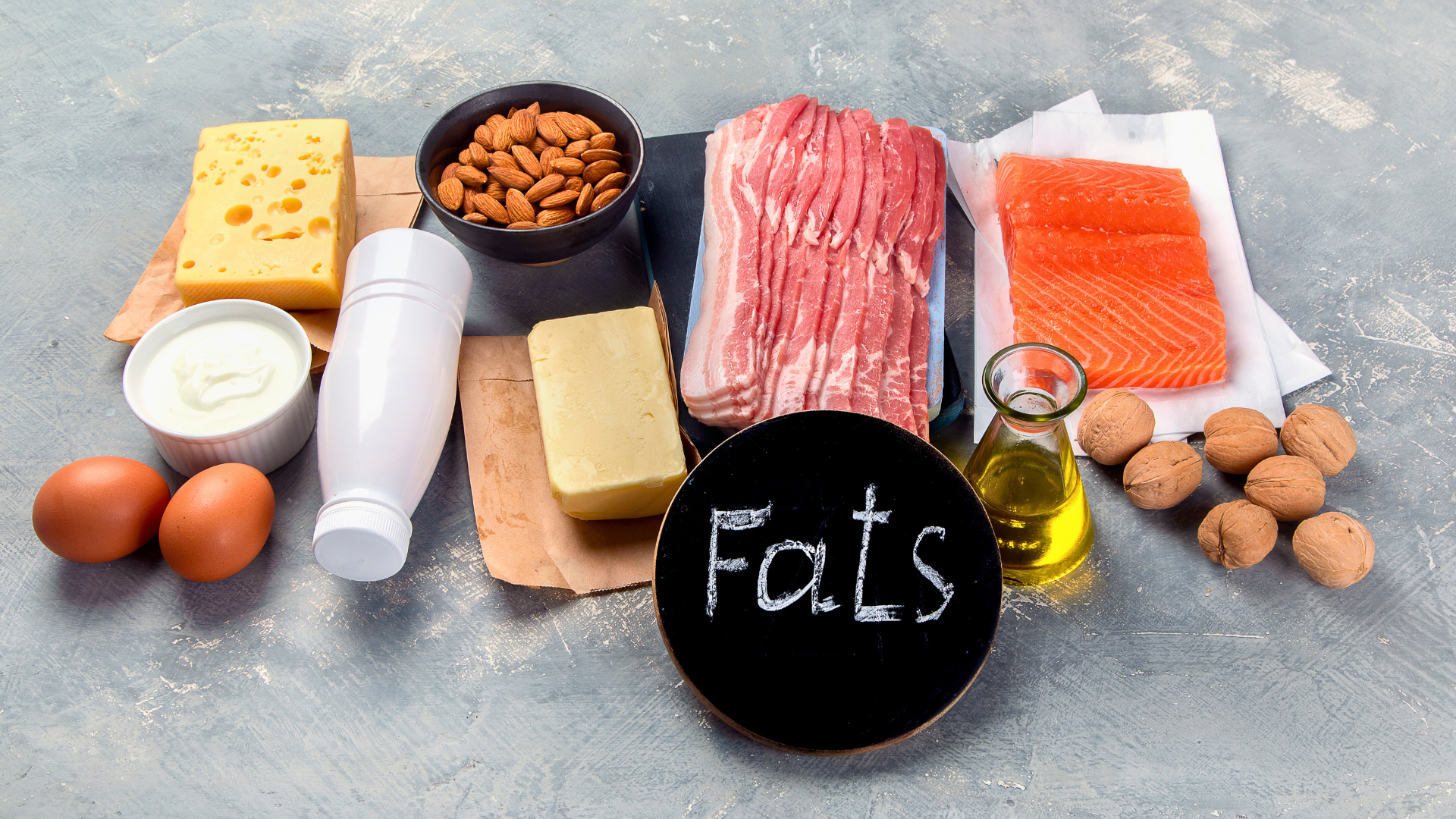The Role of Nutrient Timing in Performance and Recovery
Key Points
- Nutrient timing is the strategic consumption of energy, macronutrients, fluids, and micronutrients in the hours before, during, and after exercise to optimize performance, enhance the adaptations to exercise, and accelerate recovery.
- The recommended intake of carbohydrates for most endurance athletes typically ranges from 5-12 g/kg/d, with the upper ends reserved for those engaging in ≥8 hours/week of ≥70% VO2 max exercise.
- Most exercising individuals should consume approximately 1.2-2.0 g/kg/d of protein to optimize training-induced adaptations. The exact amount depends on the mode and intensity of exercise, protein quality, as well as the caloric intake of the individual.
- Athletes should follow appropriate rehydration strategies during exercise to limit the total body fluid losses to <2% of body weight and thus avoid adverse outcomes in exercise performance and recovery.
Nutrient timing, or peri-workout nutrition, is the consumption of nutrients pre-, during, and post-exercise. The primary goal of peri-workout nutrition is to provide nutritional support to allow the athlete to stay injury-free while maximizing performance and the functional and metabolic adaptations to their exercise program. Thus, the strategic consumption of energy in the form of carbohydrates, protein and/or fats, fluids, and micronutrients in the hours before, during, and after exercise can maximize muscle repair, improve body composition, optimize performance, and enhance muscular-related adaptations, such as strength and hypertrophy.
Nutrient needs and the practical strategies for meeting them pre-, during, and post-exercise depend on various factors, including the exercise per se (mode, intensity, duration), the environment, carryover effects from previous activity, appetite, and individual preferences.
Strategies implemented in pre-, during, and post-exercise periods should address various nutrition-related factors that can cause fatigue and deterioration in performance outputs (e.g., power, strength, agility, skill, and concentration). These factors include dehydration, electrolyte imbalances, glycogen depletion, hypoglycemia, and gastrointestinal (GI) discomfort.
Overall, nutrient timing when it comes to a workout, let alone a competition or event, can influence performance, recovery, training stimuli, and adaptations to exercise.
Energy Requirements
An appropriate energy intake is the cornerstone of an athlete’s diet since it supports optimal body function, determines the intake levels of macronutrients and micronutrients, and assists in manipulating body composition when required.
Athletes must consume adequate energy in terms of both the amount and timing, especially during high-intensity and/or long-duration training, to maintain health and maximize training outcomes.
An athlete’s energy requirements depend on the periodized training and competition cycle and may significantly vary throughout the yearly training plan relative to training volume and intensity changes.
Moreover, energy requirements are influenced by biological and environmental factors. Namely, energy needs are increased during training in cold and/or hot environmental conditions, high altitude exposure, physical injuries, and by increases in fat-free mass. Conversely, energy requirements are lowered by aging, decreases in fat-free mass, and possibly during the follicular phase of the menstrual cycle.
Although there are demonstrated advantages to achieving a certain body composition and body weight, low energy intake can result in unwanted loss of muscle mass, hormonal disturbances, sub-optimal bone density, increased fatigue, injury risk, impaired training adaptation, and an extended recovery process.
This especially applies in sports such as weightlifting, combat sports, distance running, etc., where athletes may feel pressure to attain unrealistically low weight/body fat targets or to reach them in an unrealistic time frame.
Under such circumstances, extreme weight loss behaviours or continuous dieting may result in poor nutrient support and compromised health and performance.
Consequently, when loss of body weight is required, it should be programmed to occur well out from the competition phase to minimize loss of performance. It should be achieved with techniques that maximize body fat loss while preserving muscle mass and other health goals.
The first step is determining energy requirements through indirect calorimetry rather than predictive equations and/or energy intake formulas. Afterward, a slight energy deficit should be applied to achieve a slow rather than rapid weight loss rate. In this energy-restricted framework, the provision of a higher protein intake, up to 2.3 g/kg/d, will retain muscle mass while losing body fat.
For most, decreasing energy intake by ~ 250-500 kcal/d from their periodized energy needs while either maintaining or slightly increasing energy expenditure can achieve progress towards short-term (3-6 weeks) body composition goals.
Athletes who frequently restrict their energy intake for the above reasons, probably eliminating one or more food groups, may consume sub-optimal micronutrients. Therefore, they should perform frequent blood tests. In case of deficiencies, they should adequately supplement, especially with calcium, vitamin D, iron, and some antioxidants.
Carbohydrate Intake
Carbohydrates have a vital role in performance and adaptation to exercise. There is evidence that exercise performance is enhanced by strategies that maintain high carbohydrate availability, namely, matching glycogen stores and blood glucose to the fuel demands of exercise. In contrast, depletion of these stores is associated with muscle fatigue, impaired skill and concentration, and increased perception of effort.
General guidelines for the suggested intake of carbohydrates can be provided according to the athlete’s body weight and the characteristics of the workout. The timing of carbohydrate ingestion over the day and in relation to training can also be manipulated to promote optimal carbohydrate reserve.
Endurance training
Manipulating nutrition and exercise in the hours and days leading up to a critical endurance workout, competition, or event, a highly prioritized feeding period, allows an athlete to maximize endogenous (muscle and liver) glycogen stores.
The delivery of carbohydrates, thus the appropriate glycogen filling, is a priority around this time since prolonged (>60-90 minutes) and moderate-to-high-intensity (65-80% VO2max) endurance activities rely extensively upon carbohydrates as a fuel source.
Therefore, carbohydrate feedings maximize endogenous glycogen stores during this time while also helping maintain blood glucose levels, improve performance, and facilitate recovery. Strategies to attain these goals should first follow a brief period of reduced training volume in conjunction with a high daily intake of 5-12 g/kg/d carbohydrates. The upper end of this range (8-12 g/kg/d) should be reserved for those athletes completing high volumes (≥8 hours/week) of moderate-to-high intensity (≥70% VO2 max) exercise and subsequently requiring rapid continuous endogenous glycogen replenishment.
Overall, if the diet contains ≥8 g/kg/d carbohydrates, maximal glycogen levels are restored within 24 hours, and only moderate levels of muscle damage are present.
Individuals who engage in low-intensity/skill-based activities or moderate-intensity exercise programs for around one hour per day should consume 3-5 g/kg/d and 5-7 g/kg/d carbohydrates, respectively.
Recommended pre-exercise carbohydrate ingestion
Pre-exercise fueling is necessary only in the hours leading up to a high-intensity (≥70% VO2max), long duration (>90 minutes) competition or workout, where glycogen levels are best maintained or increased by consuming snacks or meals high in carbohydrates (1-4 g/kg/d) for several hours before. Solid (bars, gels) or liquid (energy drinks, clear fruit juices) carbohydrates, deriving from everyday dietary choices or sports products, based on the athlete’s preference, tolerance, and experience, similarly promote glycogen resynthesis, allowing more flexibility.
Acute fueling strategies to promote high carbohydrate availability in cases of competition and/or key training sessions can also be categorized as pre-exercise nutrition. In < 90 minutes duration exercise cases, the athlete may consume their usual daily intake of 5-12 g/kg/d carbohydrates, with ≥8 g/kg/d carbohydrates, 24 hours before. In cases of >90 minutes of sustained intermittent exercise, the athlete may consume 10-12 g/kg/d carbohydrates 36-48 hours before.
Recommended during-exercise carbohydrate ingestion
As glycogen levels decline during exercise, the ability of an athlete to maintain exercise intensity and work output also decreases while rates of muscle breakdown increase. Therefore, during extended (>70 minutes) bouts of high-intensity (>70% VO2max) workouts, carbohydrates should be ingested at a rate of ~ 30-60 g/h (i.e., 230-350 ml of a 6-8% carbohydrate solution) every 10-15 minutes throughout, to spare glycogen, thus optimize performance and maintain blood glucose levels.
During ultra-endurance exercise lasting more than 2.5-3 hours, where glycogen stores are substantially depleted, carbohydrate ingestion may increase to 90 g/h.
Athletes may choose well-trialed carbohydrate-rich sources low in fat, fiber, and low-to-moderate protein to avoid GI issues and promote gastric emptying. Carbohydrate feedings during exercise are especially crucial when pre-exercise carbohydrate consumption is neglected since they may help offset the potential for performance decrement.
Mouth rinsing with carbohydrate solutions, such as sports drinks, is recommended during sustained high-intensity exercise lasting 45-75 minutes. The frequent exposure of the oral cavity to small amounts of carbohydrates can still enhance performance via stimulation of the brain and central nervous system.
Lastly, during brief exercises lasting less than 45 minutes, carbohydrates are not necessary.
Recommended post-exercise carbohydrate ingestion
Post-exercise consumption of carbohydrates is also necessary, and muscle glycogen levels can be rapidly and maximally restored using an appropriate post-exercise carbohydrate feeding regimen. Specifically, ingesting 0.6-1.0 g/kg within the first 30 minutes of completing a glycogen-depleting exercise and again every two hours for the next 4-6 hours promotes maximal glycogen replenishment.
Similar outcomes have also been demonstrated when 1.2 g/kg of carbohydrates are consumed every 30 minutes over 3.5 hours.
In situations where minimal recovery (<8h of recovery time) between two demanding sessions is available, rapid ingestion of high amounts (~ 1.0-1.2 g/kg/h) of preferably high glycemic index carbohydrates for the first 4-6 hours after exercise can rapidly stimulate replenishment of muscle glycogen (speedy refuelling).
While carbohydrate replacement is crucial as training and competition extend beyond 70 minutes of activity, the need for carbohydrates during shorter-duration exercise is less established.
Resistance training
Resistance exercise, especially resistance-based workouts of 3-6 sets of 8-20 RM, using multiple exercises targeting all major muscle groups, can also significantly decrease muscle glycogen concentration. Even though these decreases are modest compared to endurance exercise, carbohydrate ingestion during such workouts still promotes euglycemia, increases muscle glycogen stores, mitigates muscle damage, and facilitates greater acute and chronic training adaptations.
Post-workout carbohydrate supplementation offers a small contribution from a muscle development standpoint, provided adequate protein is consumed. So, benefits derived from carbohydrate administration more favorably impact aspects of muscle glycogen recovery instead of stimulating muscle mass accretion.
The Importance of Hydration
To preserve homeostasis, optimal body function, and exercise performance, athletes should consume appropriate fluids before, during, and after exercise. Fluid deficits of >2% body weight result in hypohydration and, if not corrected, eventually dehydration, severely compromising exercise performance and recovery and increasing the perception of effort and well-being. For example, skeletal muscle cramps, although typically caused by muscle fatigue, may also be associated with dehydration and electrolyte imbalances, particularly when the athlete is not acclimatized to environmental conditions, such as heat.
It is not uncommon that athletes begin to exercise in a hypo-hydrated state and finish exercising with a fluid deficit.
Regarding pre-workout hydration guidelines, athletes may achieve euhydration by consuming a fluid volume equivalent to 5-10 ml/kg body weight 2-4 hours before exercise.
After exercise, the athlete should restore fluid balance by drinking a volume equivalent to ~ 125-150% of the remaining fluid deficit (e.g., 1.25-1.5 L of fluid for every 1 kg body weight lost through sweat). Hence, post-exercise rehydration strategies should essentially strive to replace as much sweat loss as possible.
In addition to water, sweat contains substantial amounts of sodium, with less potassium, calcium, and magnesium. Sodium should be ingested during exercise when large sweat losses occur. Scenarios include athletes with high sweat rates (>1.2 L/h), ‘’salty sweat’’, or prolonged exercise exceeding two hours.
Sweat rates vary during exercise from 0.3-2.4 L/h, dependent on exercise intensity, duration, fitness level, heat acclimatization, altitude, and other environmental conditions (e.g., humidity, etc.). Ideally, athletes should drink sufficient fluids during exercise to limit the total body fluid deficit to <2% of body weight. Rehydration strategies should primarily involve consuming water and sodium at a modest rate that minimizes urinary losses.
The fluid rehydration plan that suits most athletes during exercise is an intake of 0.4-0.8 L/h. Otherwise, the routine measurement of pre- and post-exercise body weight can help athletes estimate sweat losses during sporting activities to customize their fluid replacement strategies. Without other factors that alter body mass during exercise, a 1kg body weight loss represents approximately 1 L sweat loss.
Protein Intake
Proteins are the building blocks of all bodily tissues, including muscles, bones, and organs. They comprise twenty amino acids, nine essential (EAAs) and eleven non-essential (NEAAs). EAAs cannot be produced in the body thus, must be consumed in the diet.
Protein sources containing higher levels of EAAs are higher quality sources of protein.
Protein quality is defined as how effectively a protein stimulates muscle protein synthesis (MPS) and promotes muscle hypertrophy. Products containing animal and dairy-based proteins contain the highest percentage of EAAs, resulting in greater hypertrophy and protein synthesis following training compared to a vegetarian protein-matched protein source, which typically lacks one or more EAAs.
For example, a standard serving of 113.4g of lean beef provides 10g of the EAAs (3.5g of leucine) and 30g of total amino acids. Among the EAAs, leucine has been shown to independently stimulate increases in MPS, with 1-3g of leucine per meal being a sufficient dose for this process. However, the most crucial factor for increasing MPS is a balanced consumption of EAAs, with an approximate dose of 10g per meal stimulating maximal MPS.
Endurance training
Very few studies have investigated the effects of prolonged periods (one week or more) of dietary protein manipulation on endurance performance. Protein does not appear to improve endurance performance and/or recovery when given for several days, weeks, or immediately before, during, and after endurance exercise.
In any case, endurance athletes should consume sufficient amounts of protein to repair and rebuild skeletal muscle following intense training bouts or athletic events.
Although the current recommended dietary intake for protein is 0.8 g/kg/d, evidence systematically indicates that this amount is insufficient for an exercising individual. Daily intakes of 1.2-2.0 g/kg/d are recommended, while greater intakes may be suitable for people attempting to restrict their energy intake while maintaining their muscle mass (refer to the energy requirements section).
Resistance training
It has been widely reported that protein consumption directly after resistance exercise (45 minutes to one hour maximum) is an effective way to promote a positive muscle protein balance, hence a net gain or hypertrophy of muscle. Specifically, during the post-prandial phase (1-4 hours after a meal), MPS is elevated by 30-100%, resulting in a positive muscle protein balance. In contrast, MPS rates are lower in a fasted state, and muscle protein balance is negative, meaning muscle mass accretion only occurs in the fed state.
However, the extent to which protein intake, either through protein food sources alone or through the combination of food and protein supplementation in conjunction with resistance training, enhances maximal strength and hypertrophy is contingent upon many factors, including
- Resistance-training program variables, such as intensity, volume, and progression
- Duration of the resistance-training program
- Training status of the athlete
- Total energy intake
- Quality and quantity of protein intake
- Co-ingestion of additional dietary elements that may favourably impact strength, such as creatine.
Therefore, it is becoming evident that protein timing does not play such a significant role in strength and hypertrophy. This is especially true for people who already consume increased amounts of protein (e.g., ≥1.6 g/kg/d), where the alleged benefits of protein timing are attenuated anyway.
Since skeletal muscle is sensitized to the effects of dietary protein for at least up to 24 hours after resistance exercise, general recommendations for maximal MPS rates and muscle hypertrophy are 0.25-0.40 g/kg or 20-40g of protein rich in EAAs and leucine (10-12g of EAAs and 1-3g of leucine) per meal. Spreading these protein doses approximately three hours apart has been consistently reported to promote the greatest increase in MPS, muscle hypertrophy, and performance benefits.
Recommended pre-exercise protein ingestion
As stated above, total protein intake is the strongest predictor of positive adaptations to resistance training, while protein timing influences MPS and hypertrophy to a much lesser degree. Besides sufficient protein intake, the body also needs adequate energy consumption to accumulate muscle mass since amino acids are spared for protein synthesis and are not oxidized.
Although protein timing may minimally contribute to performance and recovery benefits, especially in non-athletic populations, a professional athlete for whom every single detail plays a role should consider the concept of pre-workout and post-workout protein meals.
It has been demonstrated that when enough protein (0.4-0.5 g/kg of lean body mass) is consumed less than five hours before the anticipated completion of a workout, in terms of a pre-workout meal, the need for immediate post-exercise protein ingestion is minimal. Specifically, the closer a protein pre-workout meal is consumed prior to resistance exercise, the larger the post-workout anabolic window, thus the smaller the need for a post-workout meal.
Recommended during-exercise protein ingestion
Potential benefits of ingesting protein during resistance training have not been identified, provided there is sufficient daily protein intake (20-40g per meal) evenly spaced throughout the day (every 3-4 hours).
Recommended post-exercise protein ingestion
Exercise and nutrition act synergistically to provide a net anabolic effect far greater than either alone. Without feeding, muscle protein balance remains negative in response to resistance exercise. Therefore, provided that the total daily protein intake is insufficient and/or pre-workout meals are not consumed, the strategic protein consumption immediately after exercise enhances muscle recovery and optimizes strength- and hypertrophy-related adaptations. Intakes of 0.25-0.4 g/kg or 20-40g of protein per meal is recommended. Higher doses do not augment MPS further after resistance exercise.
It doesn’t matter whether this protein derives from food, intact protein supplements such as egg, whey, casein, beef, soy, or free-form amino acids (i.e., EAAs) since it can evoke similar anabolic responses. Hence, protein supplements and EAAs benefit the exercising individual because, just as protein intake from diet, they increase the rates of MPS, decrease muscle protein degradation, and aid recovery from exercise.
Nevertheless, an attempt should be made to consume whole foods that contain high-quality protein sources; supplemental protein can be utilized as a practical method of achieving greater daily protein intakes when food is not convenient or readily available.
Pre-sleep protein intake and protein safety
Pre-sleep protein consumption, namely 30 minutes before sleep and two hours after the last meal, may benefit MPS rates and muscle recovery. Several studies indicate that the pre-sleep consumption of 30-40g of casein protein increases overnight MPS, improves strength and muscle hypertrophy, and may also increase metabolic rate without influencing overnight lipolysis or fat oxidation.
Chronic protein intakes of up to 2.5-3.3g/kg/d in healthy resistance-trained individuals exert no harmful effects on blood lipids or kidney and liver function markers.
Combination of protein + carbohydrate intake in the peri-workout period
The simultaneous ingestion of carbohydrates and protein close to or throughout both endurance and resistance exercise may operate as an effective strategy to enhance performance of a subsequent exercise bout or event as well as specific exercise-induced adaptations.
Furthermore, for athletes combining resistance training sessions with sport-specific training, providing carbohydrate + protein close to each session guarantees optimal recovery for subsequent bouts and adaptation.
Eventually, if rapid restoration of glycogen is required (<4h of recovery time), the combination of carbohydrate sources (0.8 g/kg/h) with protein sources (0.2-0.4 g/kg/h) increases the rate of glycogen synthesis.
However, adding protein to carbohydrates is useful in performance enhancements, muscle damage amelioration, and muscle glycogen recovery only when carbohydrate ingestion during the peri-workout period is suboptimal (<1.2 g/kg/h).
Therefore, when optimal carbohydrate intake is met, adding protein offers little to no additional benefit on endurance or resistance exercise performance and recovery.
It seems prudent for athletes who prefer combining carbohydrates and protein in their peri-workout period rather than just consuming carbohydrates since both methods similarly affect glycogen repletion rates, protein balance, performance, recovery, and muscle repair.
Fat Intake
Fat is a necessary component of a healthy diet, providing energy, structural elements of cell membranes, and facilitating the absorption of fat-soluble vitamins (A, D, E, and K).
The recommended fat intake for athletes is in accordance with public health guidelines, meaning 20-35% of total energy intake, with saturated fats limited to less than 10% and trans fats to less than 1%.
There are no specific guidelines regarding fat timing in relation to exercise. As stated above, athletes should avoid consuming fatty meals and/or snacks before and during exercise, especially concerning competition, to prevent any GI disturbances.
Some athletes may excessively restrict their fat intake below 20% of energy intake to lose body weight or improve body composition. The reduction in dietary variety often associated with such restrictions is likely to reduce the intake of various nutrients, such as fat-soluble vitamins and essential fatty acids, especially omega-3 fatty acids.
Therefore, athletes should be aware that not only consuming <20% of energy intake from fat does not benefit health and performance; in contrast, it is very likely to compromise them, especially if applied chronically.
Micronutrient intake
Athletes should consume diets that provide at least the Recommended Dietary Allowance (RDA) for all micronutrients.
Therefore, vitamin and mineral supplements are unnecessary for athletes with a balanced diet, providing high-energy availability from various nutrient-dense foods.
However, athletes who restrict energy intake or use severe weight-loss practices are very likely to eliminate food groups from their diet and thus are at greater risk of micronutrient deficiencies. In such cases, a multivitamin/mineral supplement may be appropriate, always considering the specific micronutrient deficiency that ought to be treated or prevented (e.g., iron, vitamin D, etc.).
Key Takeaways
Nutrition goals and requirements are not static. Nutrition support, in terms of both the peri-workout nutrition as well as athletes’ nutrition as a whole, should be periodized, taking into account the periodization of the exercise regime (a range of ‘’easy’’ workouts to highly demanding sessions or competitions).
Nutrition must also be personalized to the individual athlete, considering the specificity of their sport, performance goals, competition, food preferences, and recovery.
Especially during competition, nutrition strategies should focus on improving substrate stores to meet the fuel demands of the exercise while striving to enhance performance, minimize psychological stress and safeguard physical health.
Supplements can be of great value when used as an addition to a well-crafted nutrition plan but are rarely effective outside these conditions, especially for young, growing athletes.
An Ounce of Prevention - Hyperion Health Blog




